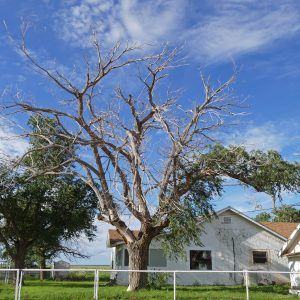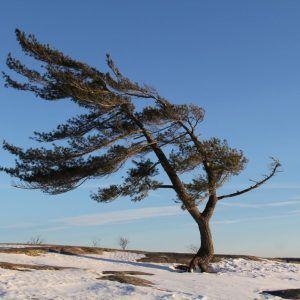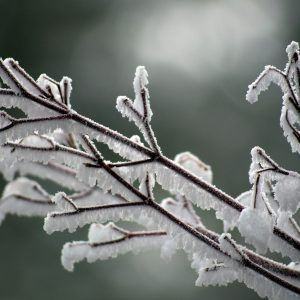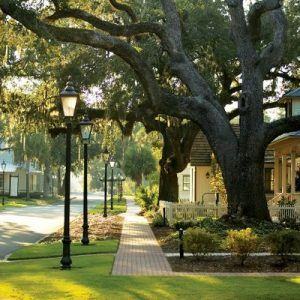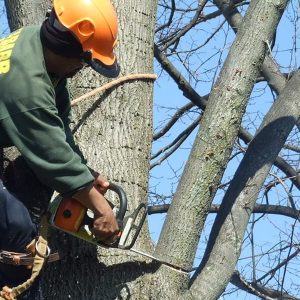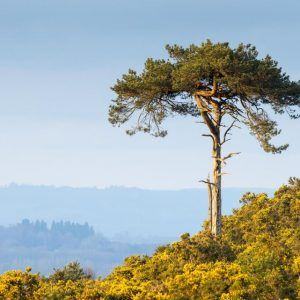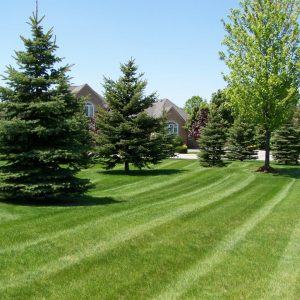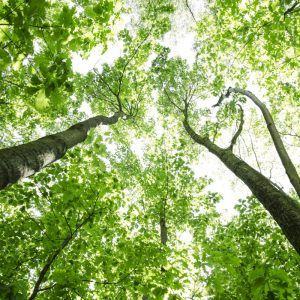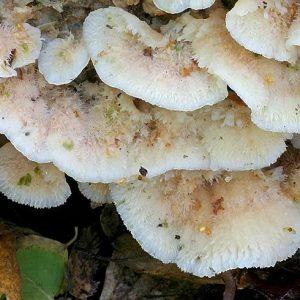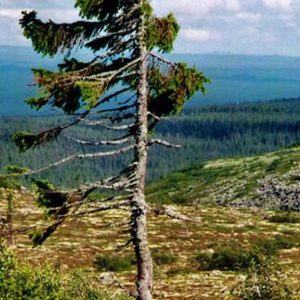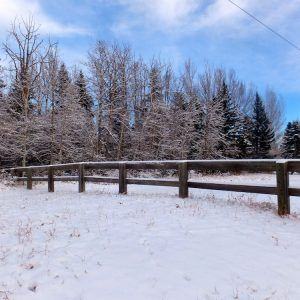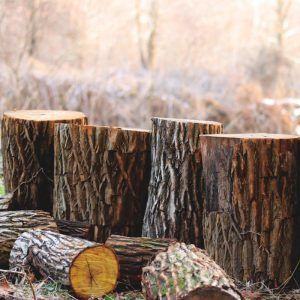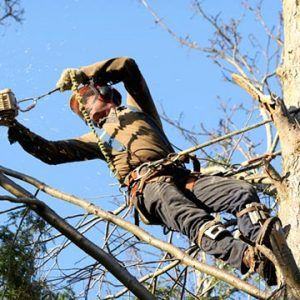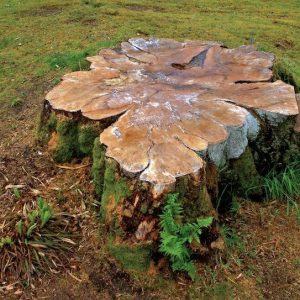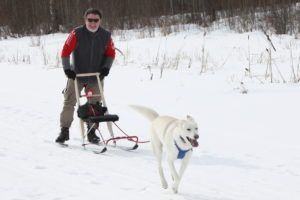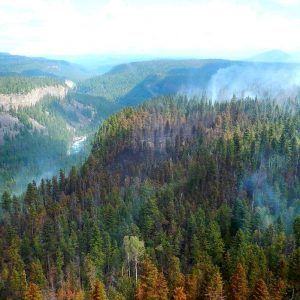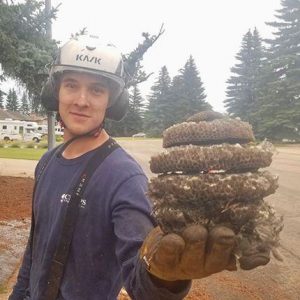Over the next few months, we’ll be focusing on trees popular to the Edmonton region, giving you short but helpful descriptions and summaries. This installment will focus on the American Elm!
An American Elm can grow up to be a huge tree; it’s capable of reaching heights of over 130 feet and diameters of over 6 feet (though there aren’t many huge examples left since the spread of Dutch Elm Disease — see below). Because of its size, because it can thrive for centuries, because it can withstand even our city’s chilling winter temperatures, and because it creates a huge umbrella-like canopy of leaves, you’ve got to make sure your property can accommodate such a large specimen. That means securing a wide, open area with lots of room for it to grow unimpeded.
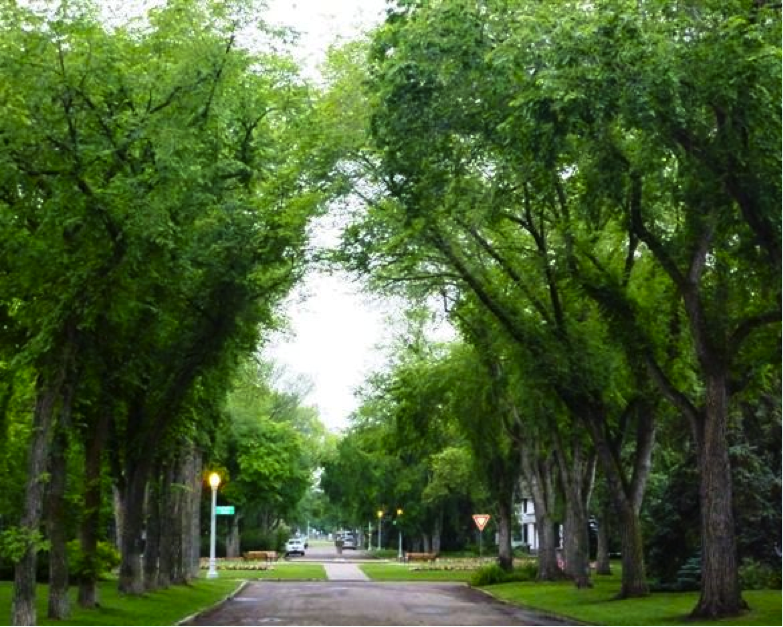
Whether you call it an umbrella or a vase, the wide American Elm canopy can provide excellent shade for hot summer months. Whenever they’re planted on either side of a road on Edmonton boulevards, they create a pleasing, halo-like effect and help cool the hot pavement. You can tell an elm leaf by its alternate, double-serrate margins; the American Elm’s leaves can grow up to 20 cm in length. Its hardy bark and wood means tough-going for those looking for firewood, and it will also warp if you saw through it, so to prevent a severely warped and twisted looking tree, trust to our trained arborists to help you with all your pruning and trimming. Other interesting points to note about this tree is that it will grow right through the fall (or until it’s bitten by frost), and its leaves provide reliable food for moth and butterfly larvae (important pollinators and members of the food chain).
It’s vitally important to monitor and take care of your American Elm to prevent the spread of Dutch Elm Disease — an extremely serious and devastating blight that’s ravaged many parts of North America (for example, by the 60s and 70s, Toronto sadly lost 80 percent of its elm population). Our province is still lucky to be free of disease, but Dutch Elm is carried via the elm bark beetle, and we’ve got to remain vigilant if we want to keep our city’s ecosystem healthy. In fact, The City of Edmonton has banned pruning between Mar. 31 and Oct. 1 to avoid attracting elm bark beetles to any fresh, oozing wounds. Always follow this bylaw, and if you have any doubts about the safety or sensibility of dealing with your own elm, please get in touch with us. In particular, look for brown and wilted leaves, leaves that start to yellow in the summer months, bare or nearly barren branches, and generally droopy looking elms; if you think one might be infected, get in touch with the city immediately so they can destroy it and save the surrounding area.
For advice or assistance with planting, feeding, fertilizing, trimming, pruning, or felling these mighty and elderly elm trees, always look for help from a great Edmonton arborist. We’re always pleased to help keep these beautiful specimens healthy and upright — and to keep them free of disease. Call us today and let’s take a look at your American Elm!


